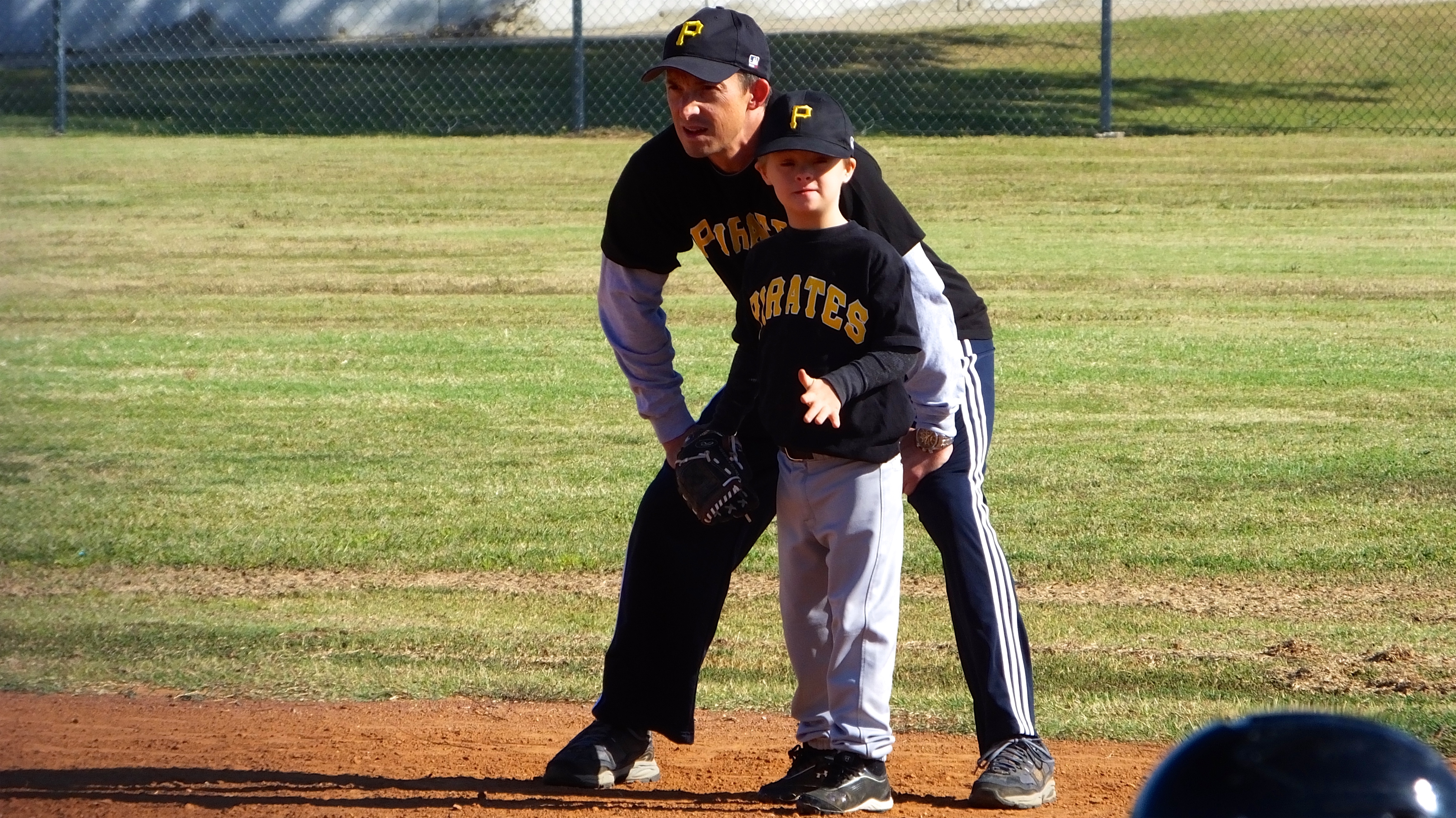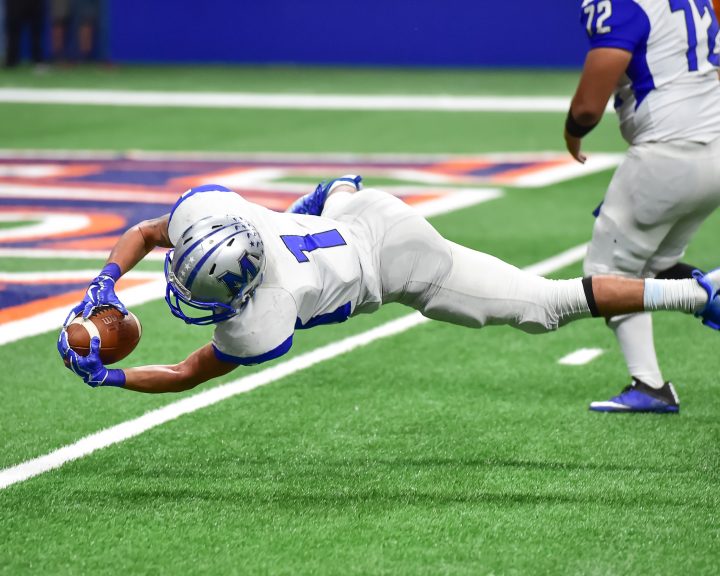I got an interesting email a few days ago about an athlete with Down Syndrome, competing at a pretty high level in sport, that wasn’t responding well to the coach’s approach. This was the kind of sport that does a lot of timed workouts; for example, x distance for y time with z recovery. The challenge was that the athlete is having difficulty with the concept of pace as prescribed by the coach.
This email brings up a few challenges with coaching both athletes and special needs athletes:
- Teaching cues
- Motivational approaches
- Training sessions
- The need to be flexible
Teaching cues:
I’m calling this section teaching cues because one of the things that we do as coaches is to teach aspects of the sport; the skills, the strategies, and the situations. As coaches, we want to spend a lot of time sounding smart and talking through everything. Here’s the issue, most of the special needs athletes that I’ve worked with are visual learners and/or kinesthetic learners. That means that they need to see it and do it to learn it. They cannot learn by standing and listening to somebody pontificate about it.
Now, here’s an important thing: very few of your athletes are going to learn from hearing you, especially the truly gifted ones. Some of your athletes will be visual learners (they need to see it) and your elite athletes will probably be kinesthetic learners – in other words they have to try it, get a feel for it when it’s right and get a feel for it when it’s wrong.
Motivational approaches:
Like everyone else, special needs athletes want to be successful. In time they will identify with a team and they will want that team to be successful too. I have often found that they are the most unselfish athletes in terms of putting the team first that I have coached. But it takes a long time to build that with a team of special needs athletes; lots of shared experiences, a common vision, clear expectations from the coach, and deliberate attempts to create a culture. In other words, it works the same as with other types of athletes!
Now, when looking at motivating an individual athlete to do their best, every one responds to different things. Some need to be built up, some need to have someone point out that a mistake was made, and some are intrinsically motivated. The point is, they don’t all respond to the same techniques and it is the coach’s job to figure this out. Attempting to use the same techniques with every athlete is going to result in failure. Again, this works just like every other athlete – no two athletes are carbon copies of each other.
Training sessions:
If I’m working with a high school football team, I may have over a hundred athletes involved in this. Some of them will be seniors that are in their fourth year of the program. Some will be freshmen that are just beginning their journey. Others will be in between. Some will be injured or recovering from injuries, some will be very physically gifted, etc. In other words, they are not carbon copies of each other. This means that there can (and should) be some differences in terms of how training /practice sessions are conducted.
This same concept applies to special needs athletes. The idea that they will all respond the same to the same kind of training session isn’t going to work. In addition, things may have to be modified – visual cues, different ways to teach/model concepts, more concise coaching cues, etc.
Flexibility:
Here’s the take home message about working with that special needs athlete, or any athletes for that matter, the coach needs to adapt their coaching approaches to the athlete – not the other way around. At the most elite levels you may be able to recruit athletes that fit within your coaching “system,” but those situations are few and far between and even there the coach eventually has to grow with the athlete or the athlete will pass them by.


